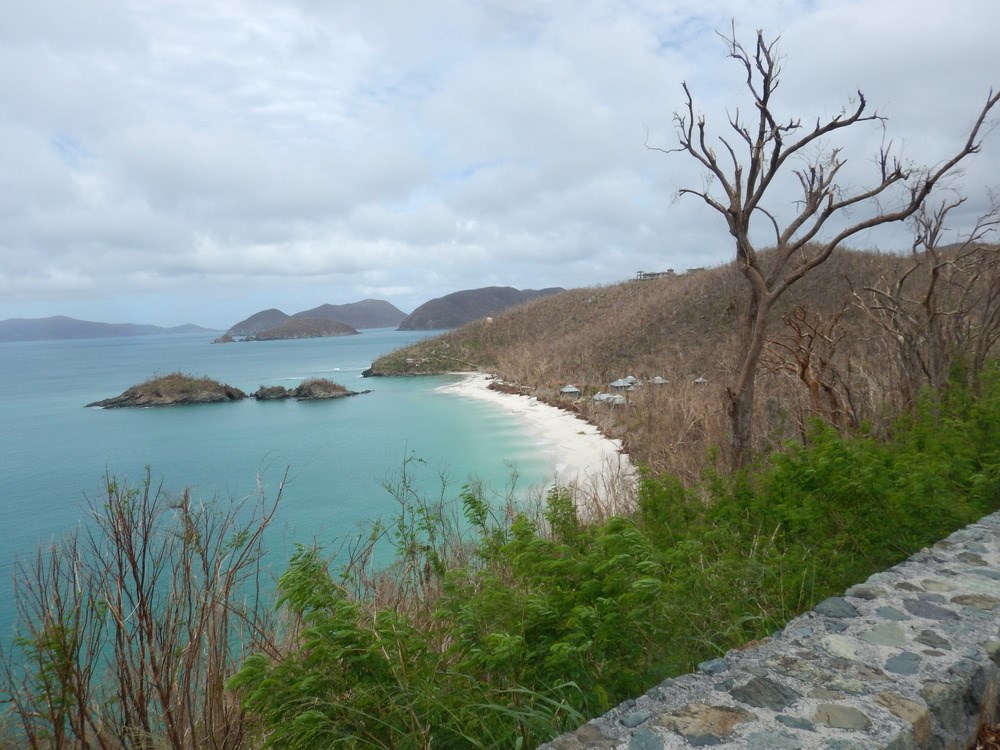Part of a series of articles titled Crystal Clear: A Call to Action.
Article
Crystal Clear: Nutrient Source Identification for Nearshore Reefs in Virgin Islands National Park

NPS Photo
Background
Scientists have documented a decline in live coral at Virgin Islands National Park over the past few decades. This decrease has been from episodes of coral disease, intense storms, increased sea water temperatures, and damage from boats. Unfortunately, coral recovery is a slow process. An increase of nutrients stimulates seaweed growth. Because seaweeds grow more quickly than coral, they can shade corals from needed sunlight and damage coral tissue through abrasion. This can weaken the ability of coral to survive and recover from damage. While park managers cannot control the global- or regional-scale drivers believed responsible for declines of corals at Virgin Islands National Park, they can manage local human activities that may degrade water quality and inhibit recovery of the corals. The study has two objectives: (1) identify whether human waste is a significant nutrient source to nearshore waters within Virgin Islands National Park, and (2) locate human sources of nutrients.Approach
Water and seaweed samples will be collected from five bays and analyzed. Data will provide information, or lines of evidence, to assist with resource protection decisions. • Nitrogen in seaweed samples will show if nutrient levels are higher than background levels as well as possible sources. • Ocean water will be tested for chemicals such as caffeine and antibiotics. These chemicals will be used to determine if high nutrient levels might be from human activity. • Dyes will be used where caffeine and other human-waste indicators are detected to pinpoint potential nutrient sources on land.Status
To date, seaweed and water samples have been collected at five sites within the park and have been sent to laboratories for analysis. Laboratory results have not yet been received.Last updated: November 8, 2018
